Have you ever opened a new camera box and wondered about the basic lens included with your purchase? For many photographers, this first lens marks the beginning of their photo expedition.
Kit lenses often get mixed reviews from users worldwide. Some praise their value, while others rush to replace them.
This blog will talk about what makes a kit lens special, its common features, who should use it, and its pros and cons.
By the end, you’ll have a clear picture of whether that starter lens deserves a permanent spot in your camera bag or if you should consider other options.
Defining a Kit Lens
A kit lens is the standard lens that comes packaged with most digital cameras when purchased as a set, also known as “kit“. These lenses serve as a great starting point for new camera owners.
They tend to have a medium zoom range. The main goal of kit lenses is to offer good value and decent quality at a lower price point.
They’re designed to handle a range of common shooting needs, from wider shots of landscapes to closer frames of people and objects.
While not built with premium materials, kit lenses offer new photographers the opportunity to learn the basics without incurring additional expenses upfront.
Key Features of a Kit Lens
Kit lenses share several common traits that make them suitable for beginners. These features help new photographers learn the basics while keeping costs down.
Let’s look at what makes these starter lenses special and what you can expect when using one.
- Moderate Zoom Range: Most kit lenses offer a zoom range like 18-55mm or 24-70mm. This middle-ground range works for many common shots, from group photos to simple portraits, without changing lenses.
- Smaller Maximum Aperture: Kit lenses typically have apertures around f/3.5-5.6. These values change as you zoom in, giving less light control and depth options than fixed-aperture lenses.
- Plastic Construction: To keep prices low, manufacturers use more plastic parts in kit lenses. This makes them lighter but less sturdy than higher-end glass with metal bodies.
- Compact and Lightweight: The small size and light weight of kit lenses make them easy to carry all day. This matters a lot for new users who might feel burdened by heavier gear.
- Variable Aperture: As you zoom in with a kit lens, the maximum aperture gets smaller. This means less light enters at longer focal lengths, which affects how you shoot in dim settings.
- Image Stabilization: Many modern kit lenses include basic image stabilization. This helpful feature reduces blur from hand movements, especially when shooting without a tripod.
- Affordable Price Point: Kit lenses cost much less than specialty lenses. When bought with a camera, they often add very little to the total price compared to body-only options.
Pros and Cons of a Kit Lens
| Pros | Cons |
|---|---|
| Budget-friendly option for beginners | Limited maximum aperture range |
| Versatile focal length for everyday use | Less sharp images compared to premium lenses |
| Lightweight and easy to carry | More plastic parts that may break over time |
| Decent image quality in good lighting | Poor low-light performance |
| Often includes basic image stabilization | Slower autofocus than higher-end models |
| The good starting point to learn photography | Limited bokeh (background blur) effect |
| No extra purchase needed with the camera kit | May show more lens flare and chromatic issues |
Who Should Use Kit Lens Generally?
Kit lenses work well for certain types of photographers based on their needs and experience level. The standard zoom range makes these lenses useful for many common photo situations.
Here are the people who will get the most value from kit lenses:
- Photography beginners who want to learn the basics without spending much money. Kit lenses offer a gentle learning curve while you figure out what type of photography you enjoy most.
- Casual photographers who take photos mainly during daylight and at outdoor events. These conditions provide enough light for kit lenses to perform at their best.
- Budget-conscious photographers who need to stretch their gear dollars. Using a kit lens lets you save money for other important items like tripods, memory cards, or flashes.
- Travel photographers need a light, all-purpose lens. The weight savings matter when walking all day, and the versatile range works for most vacation scenes.
- Students taking photography classes need something simple to practice with. Kit lenses let you focus on learning composition and camera settings without lens complications.
- Photographers who shoot mostly for social media, where ultimate image quality isn’t critical. The pictures from kit lenses look good enough on phone screens and web platforms.
Summing It Up
All in all, kit lenses serve as perfect starting points for many photographers. They offer good value and handle most everyday shots well.
Though they have limits, they teach new users the basics without breaking the bank. Should you keep using your kit lens?
It depends on what you shoot. If you take photos mainly outdoors in good light and share them online, your kit lens might be all you need for years.
Remember that great photos come from the person behind the camera, not just the gear.
Many pros started with simple kit lenses before moving to fancier options. What will you shoot with yours today?
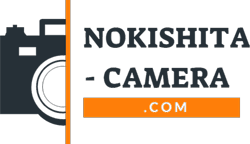
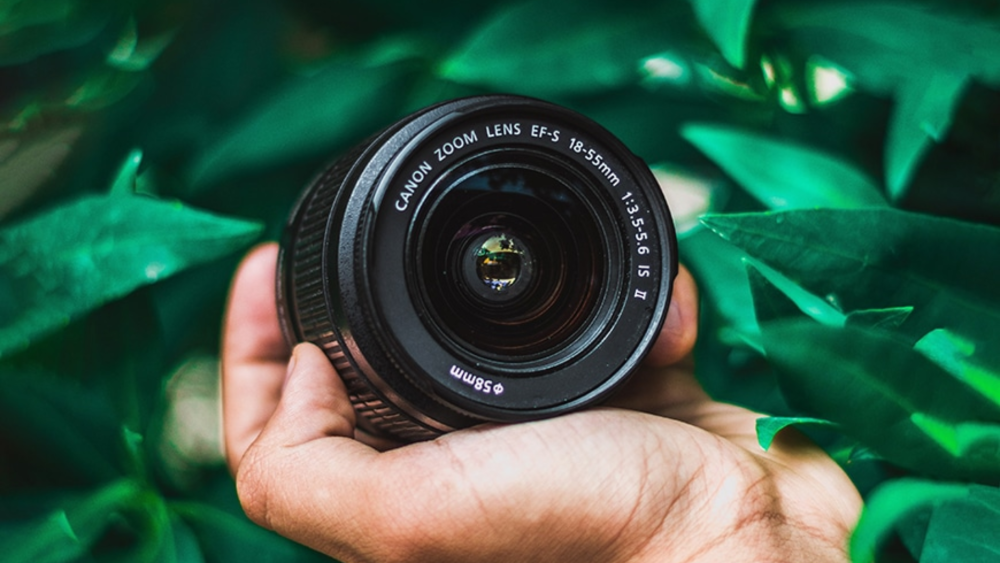

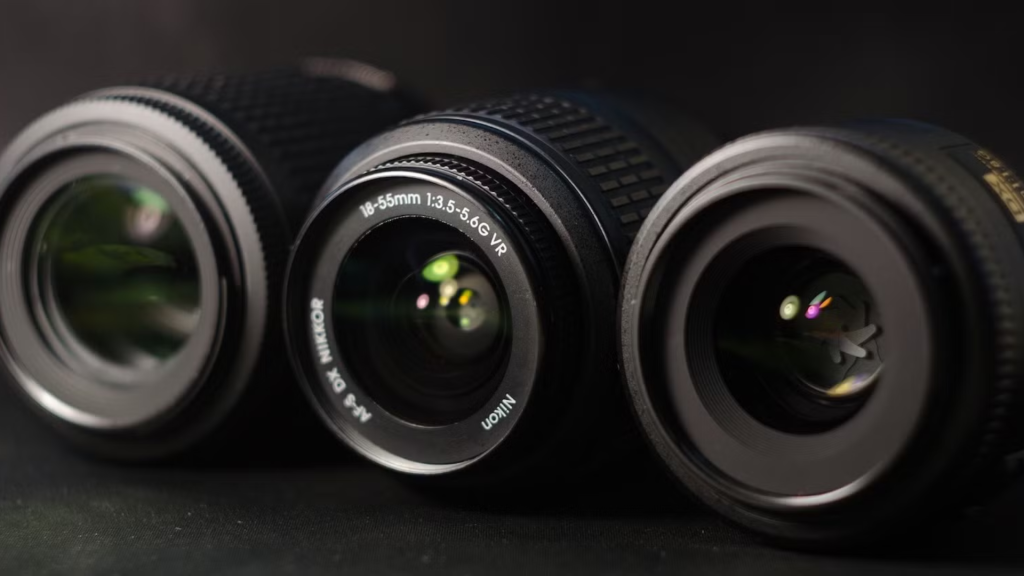
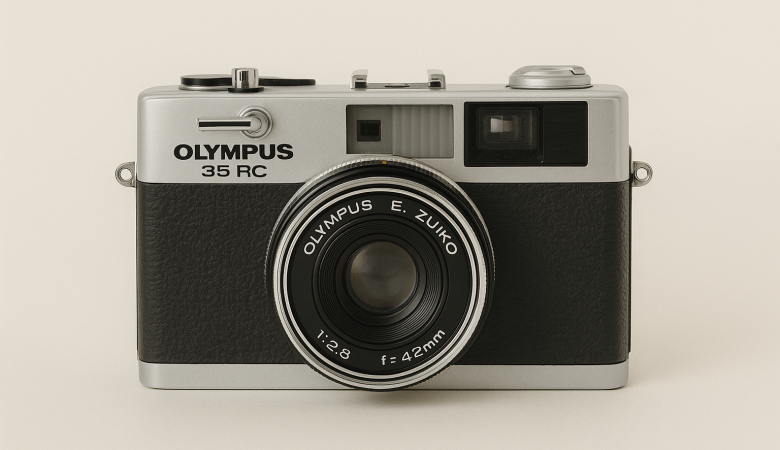
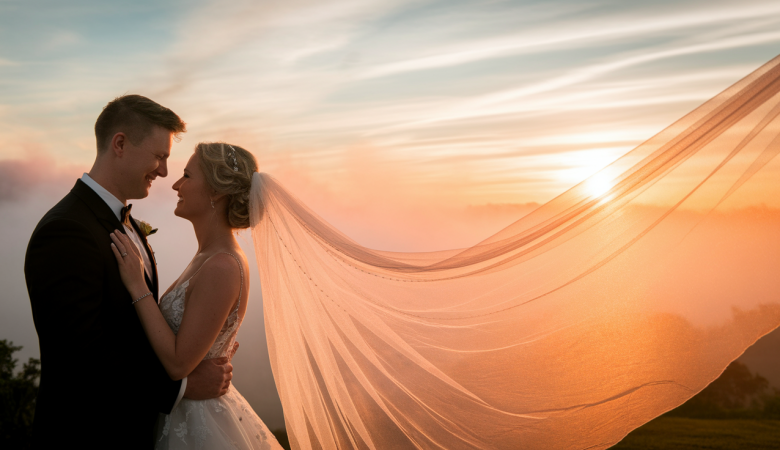

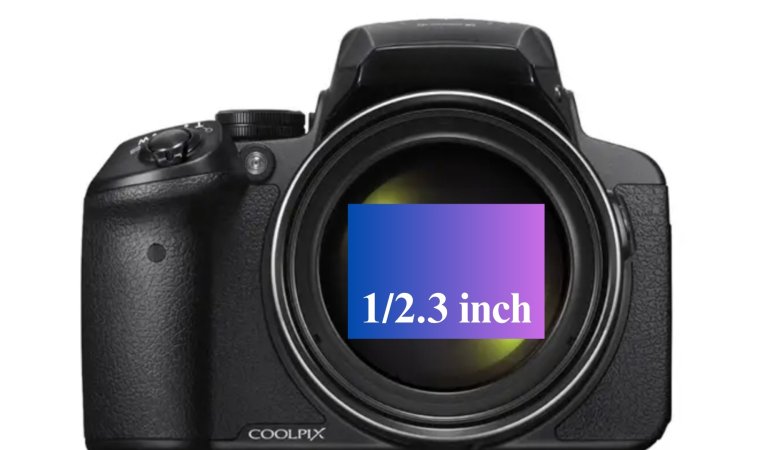
Leave a Reply